
The eco-conscious winery is known for its playful, unpretentious spirit and a lineup of accessible and balanced wines, from crisp Sauvignon Blanc to elegant Cabs.
The post Frog’s Leap Winery Pours Sophisticated Wines in a Down-Home Rutherford Setting appeared first on Sonoma Magazine.
]]>
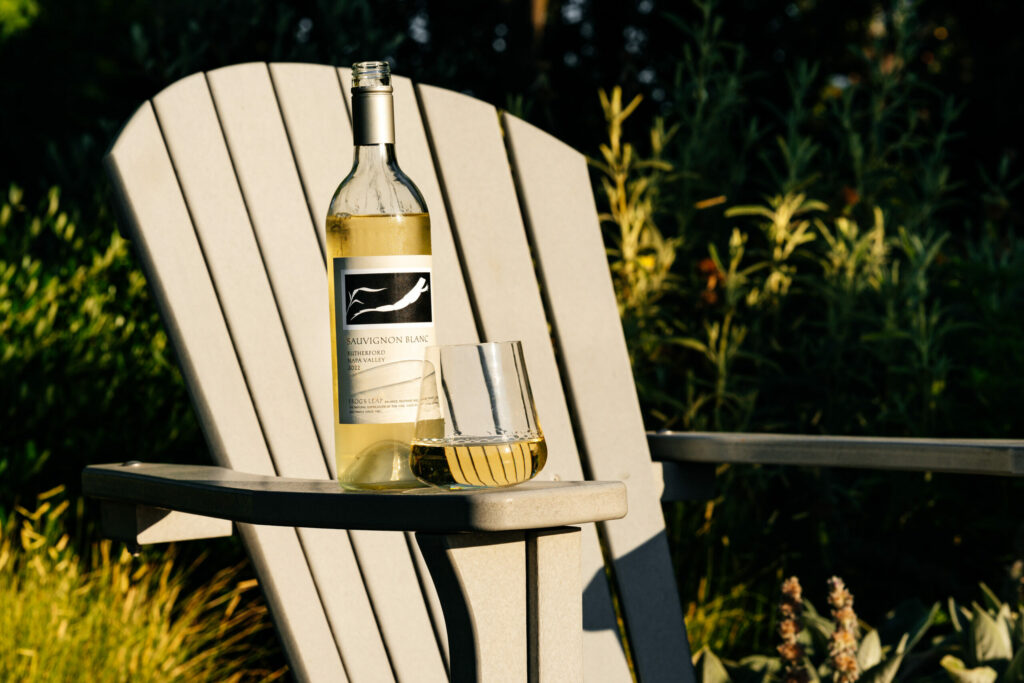
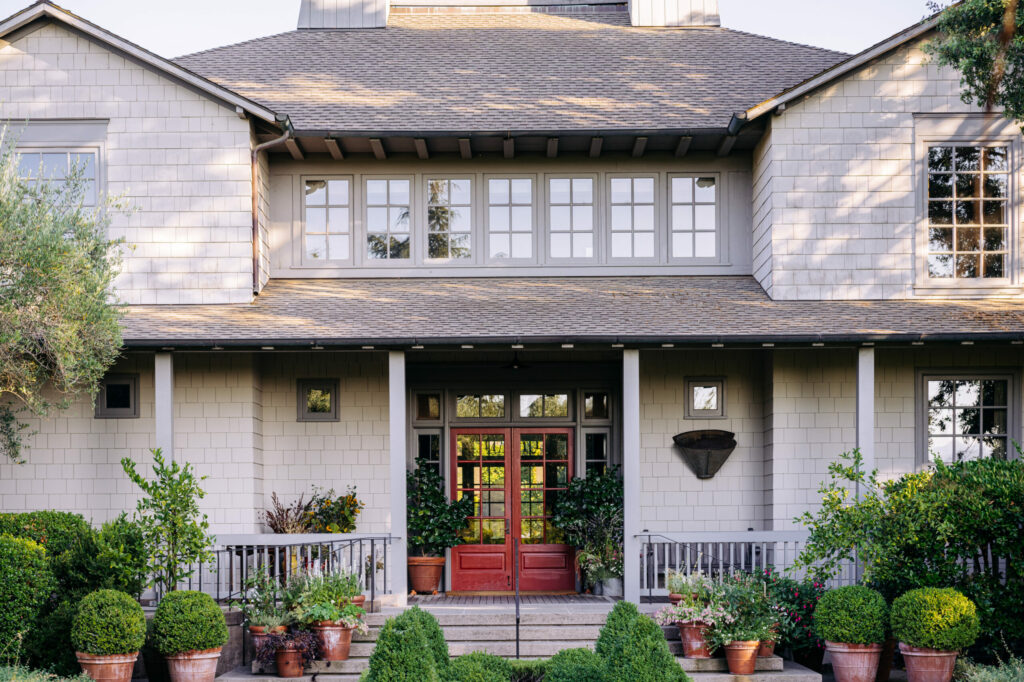
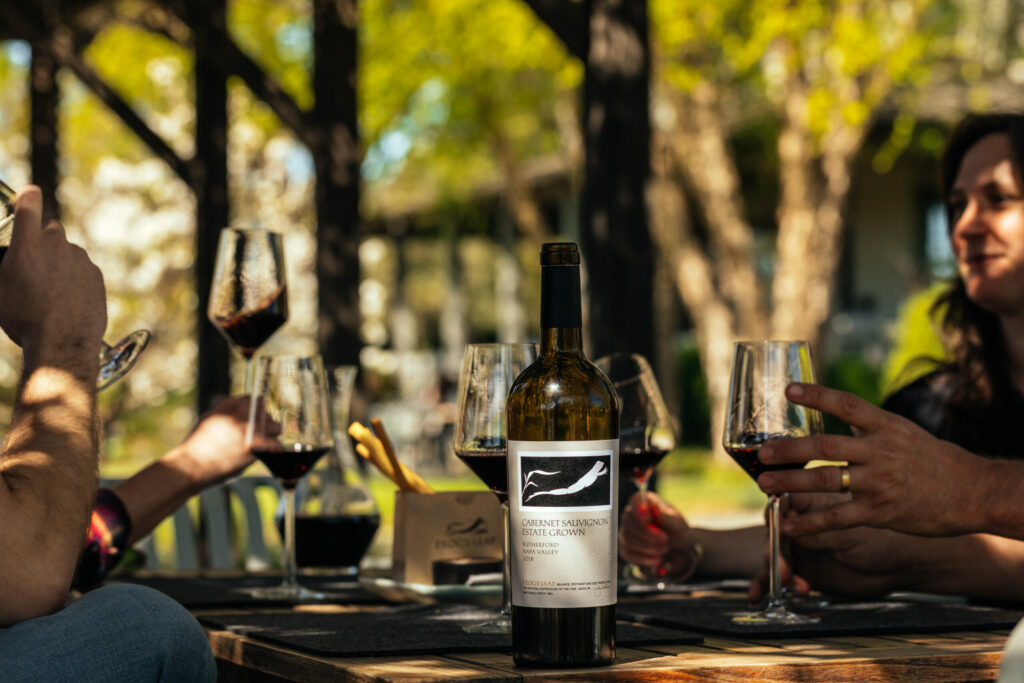
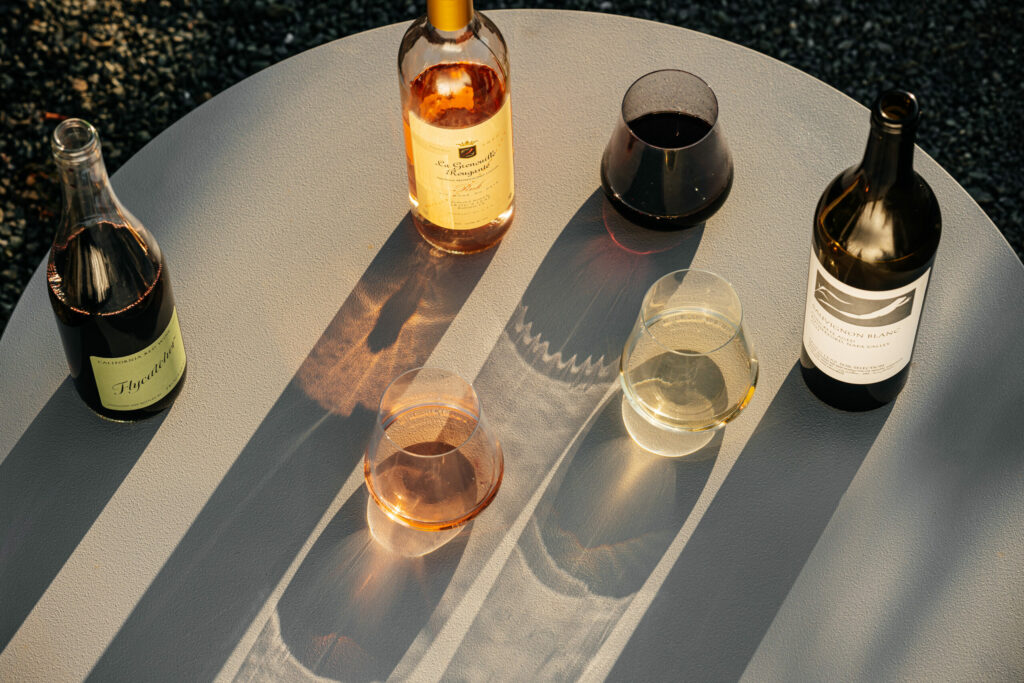
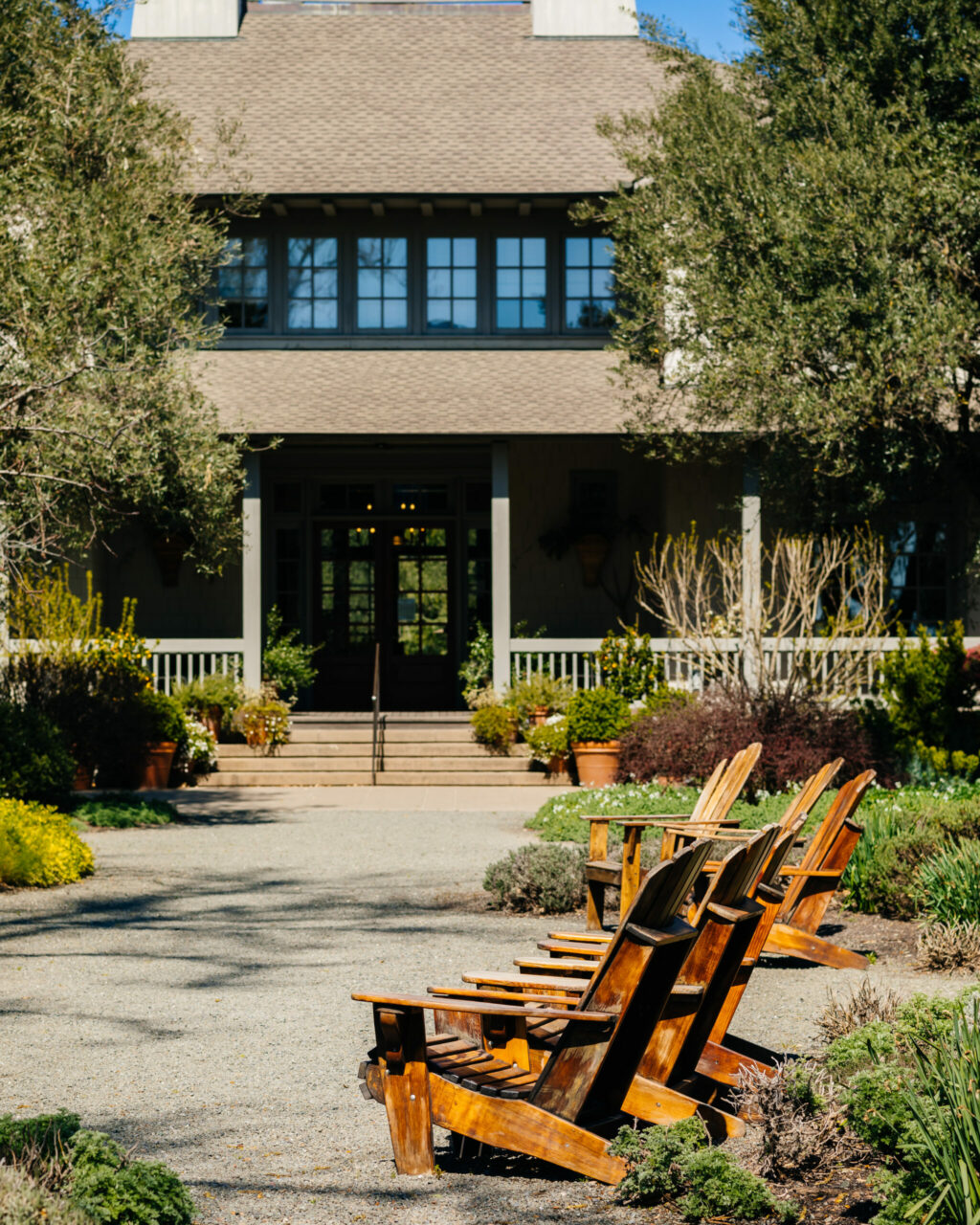
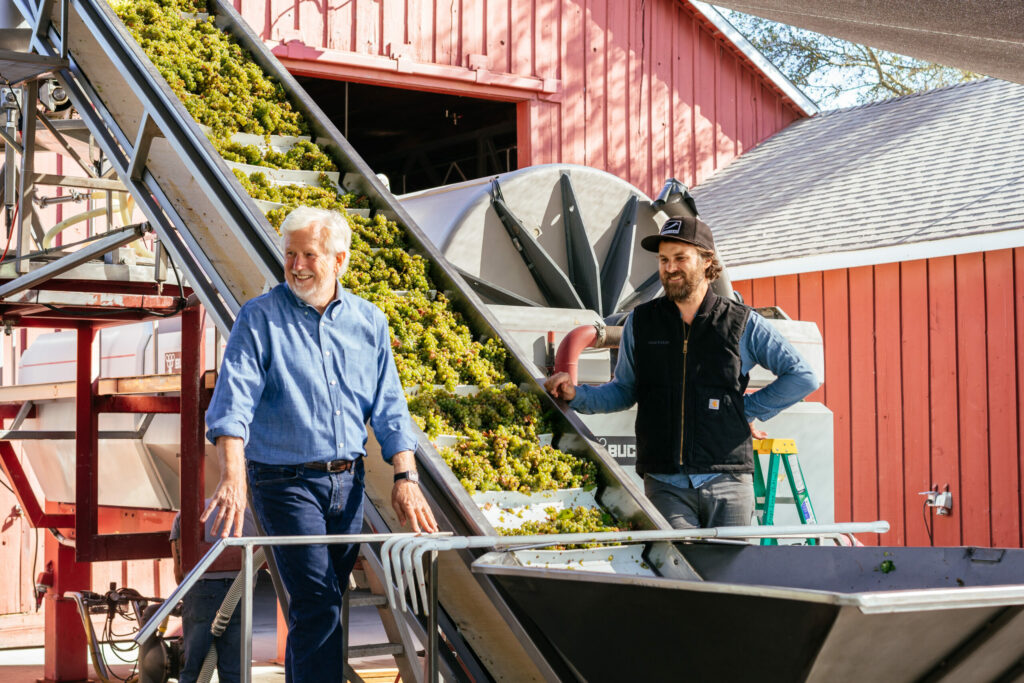

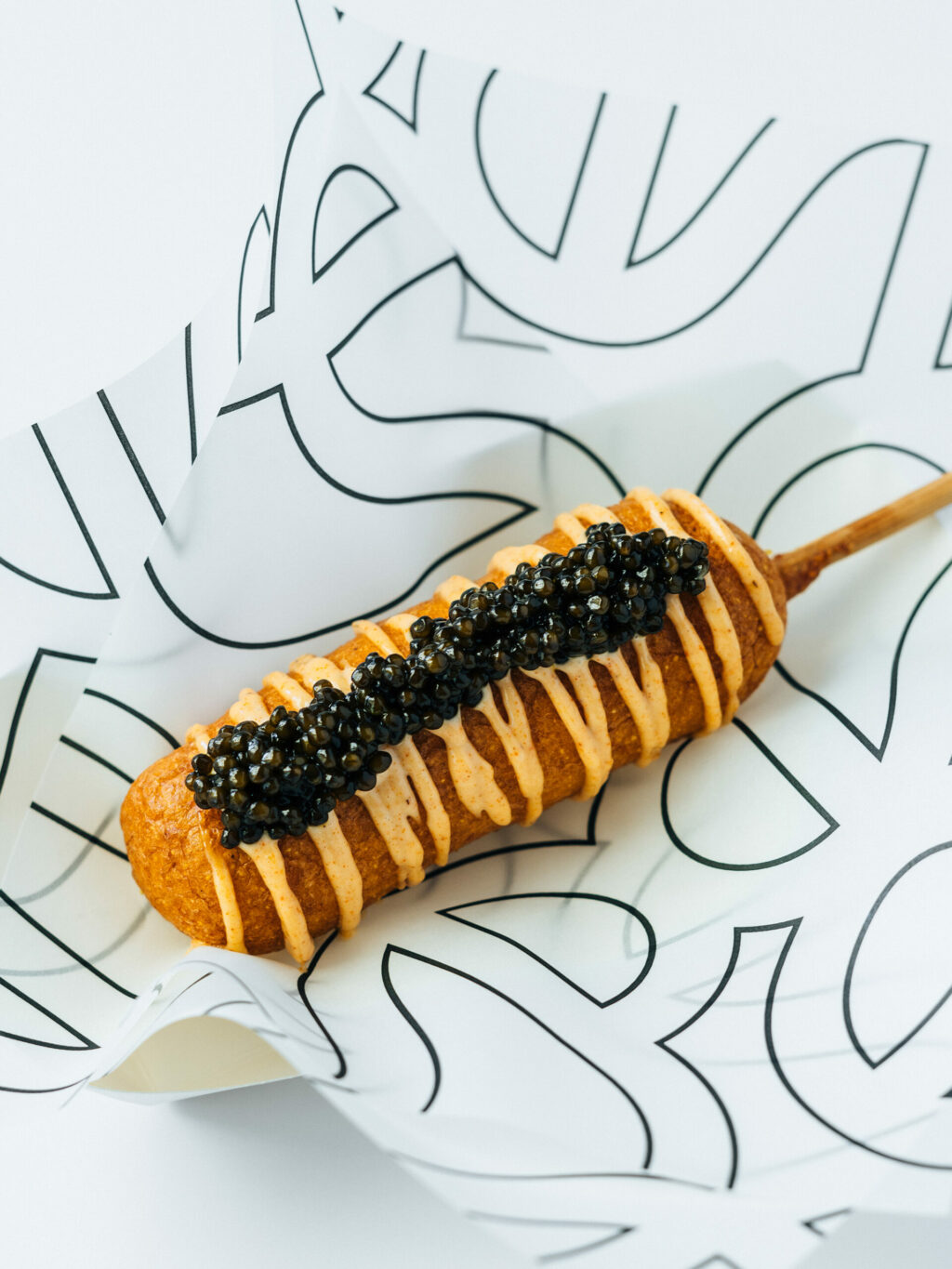
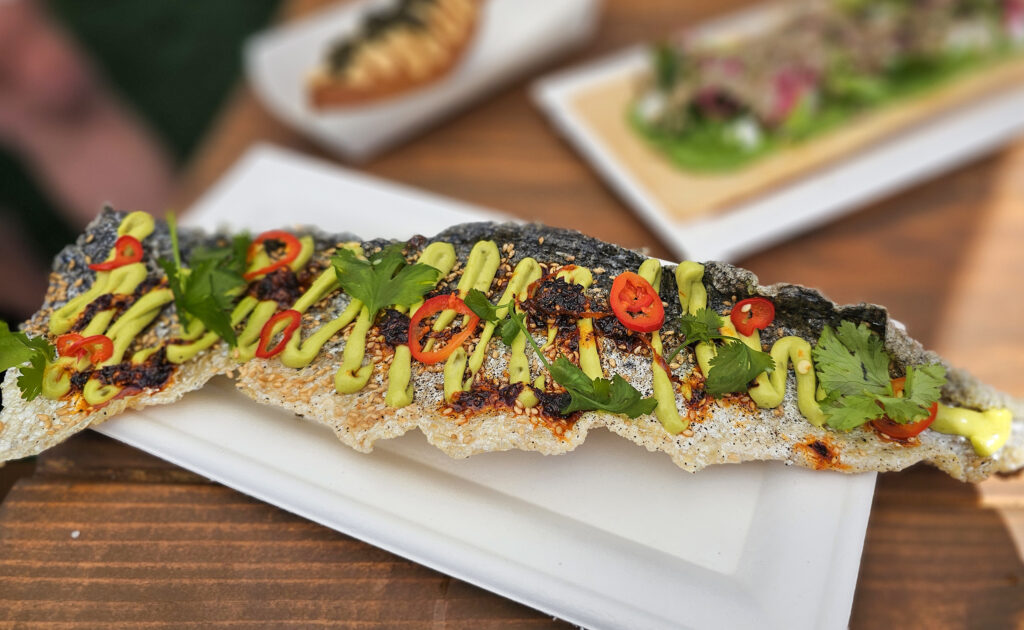
For four decades, Frog’s Leap has been making some of Napa Valley’s most expressive wines — but they’re not inclined to brag about it. The eco-conscious winery is known for its playful, unpretentious spirit and a lineup of accessible and balanced wines, from crisp Sauvignon Blanc to elegant Cabs.
The story
John Williams studied dairy sciences at Cornell University before a work-study program at nearby Taylor Wine Company inspired him to trade milk for wine. In 1975, Williams hopped a Greyhound bus for Napa Valley and pitched a tent on a rundown farm owned by Larry Turley — his college friend’s brother. Turley introduced him to Stag’s Leap Wine Cellars founder Warren Winiarski, who hired Williams as the fledgling winery’s first employee.
Williams went on to become head winemaker at Spring Mountain Winery, and in 1978, he teamed up with his original campsite “landlord” to plant Sauvignon Blanc on Turley’s property. In 1982, Williams and Turley released their first Frog’s Leap wine.

The partners went their separate ways in 1994, and Williams found a new home for Frog’s Leap in Rutherford. In the years to follow, he expanded the winery’s vineyard holdings, added fruit trees and other crops to the ranch, and became a passionate practitioner of dry farming. Frog’s Leap earned organic certification in 2002 and went solar two years later.
The Williams family now farms 200 acres of vines in Napa Valley, including 40 on the winery ranch. Frog’s Leap’s original Sauvignon Blanc is still a flagship, along with Cabernet Sauvignon.
The vibe
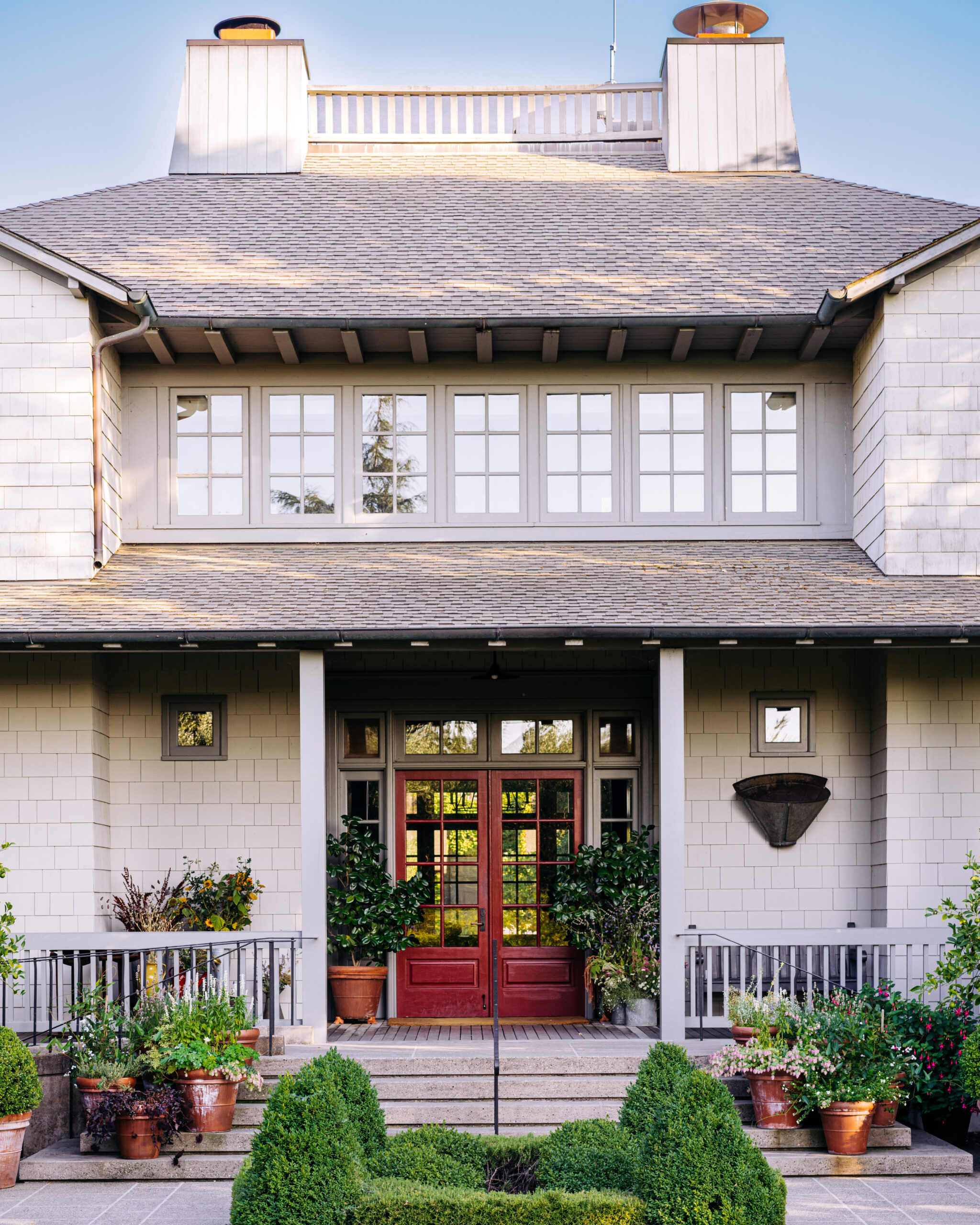
Driving onto the Frog’s Leap estate, past the restored Red Barn fermentation room, you get an instant feeling that you’re down on the farm. Because you are. The contemporary-meets-Mission-style Vineyard House tasting room — one of California’s first LEED-certified winery buildings — is surrounded by vineyards and a lush garden towering with sunflowers and bursting with vegetables.
The best place to taste is on the covered, wraparound porch, cooled in the summer by ceiling fans and warmed in winter with overhead heaters. There’s also a sweet Garden Bar set in a shady spot away from the main house, designed for casual tastings (kids and dogs welcome).
On the palate
Frog’s Leap wines never cease to impress me because they’re always balanced, elegant and just plain delicious. Head winemaker Rory Williams, John’s son, has clearly learned a lot from his dad. The mouthwatering 2023 Concrete Aged Sauvignon Blanc from Rutherford ($55) was fermented and aged entirely in egg-shaped concrete vessels, and it has the minerality and creamy texture to prove it. John’s love for Chablis reveals itself in the 2022 Shale & Stone Chardonnay ($42), aged just four days in French oak before moving to stainless steel tanks.

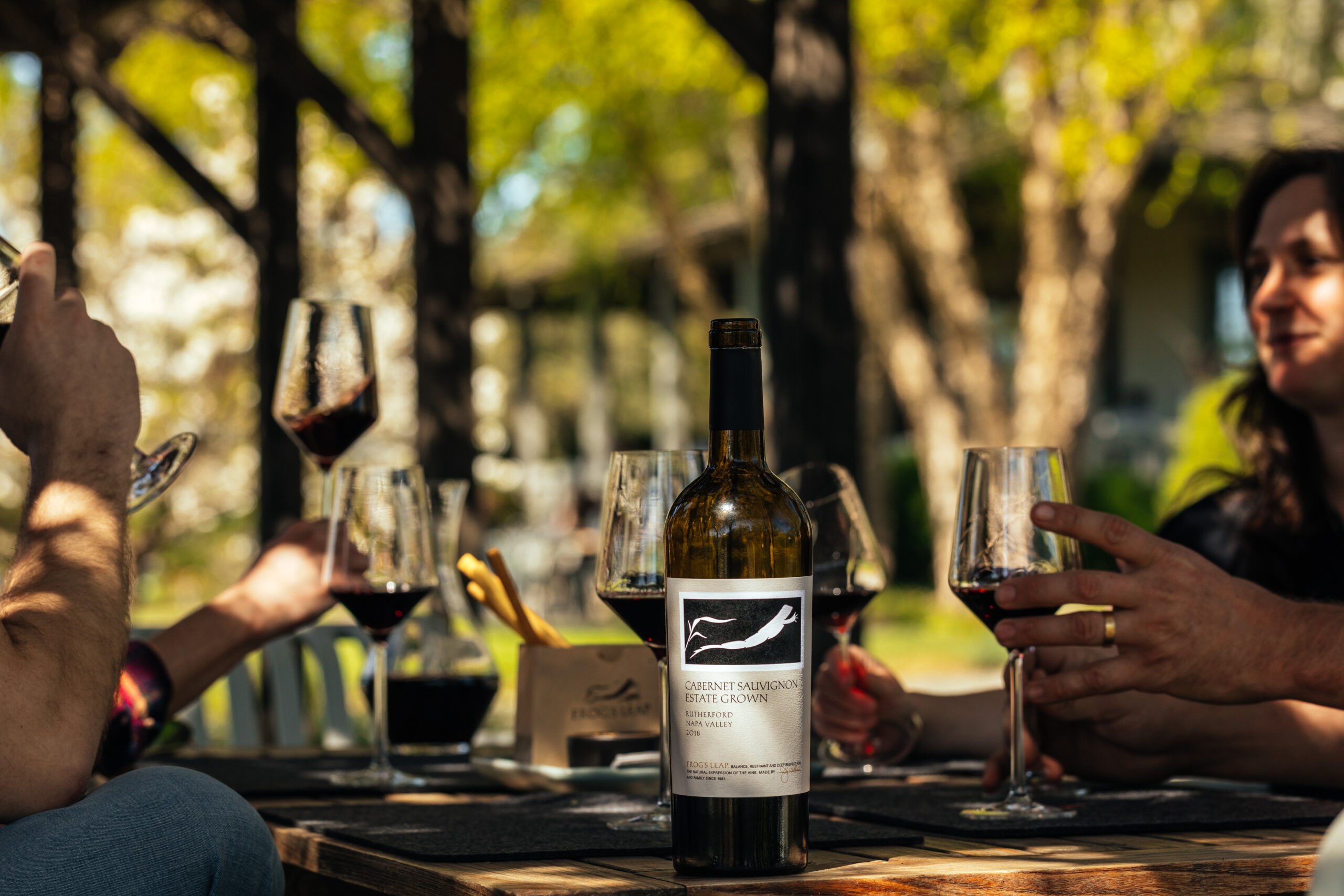
Frog’s Leap Cabernets are perpetually lovely, yet I had a hard time putting down the 2022 Napa Valley Zinfandel ($45), a sophisticated rendition that leaves those big ol’ jammy Zins in the dust. If you’re in the mood for a light, chillable red, try the multi-appellation 2023 Flycatcher blend ($35).
Tasting options include casual flights at the Garden Bar ($45) and seated tastings at the Vineyard House, ranging from $60 to $100. When you’re finished sipping, meander through the gardens to see what’s buzzing.
Beyond the bottle

For breakfast, lunch or a between-wineries snack, check out Under-Study in St. Helena, from the team at Michelin-starred Press. The casual bakery and counter-service café offers playful-yet-sophisticated bites, like the Lobster Corn Dog — a BottleRock favorite. Also find gorgeous pastries, tapas, local and international wines, and a takeaway butcher and seafood counter. Outdoor seating will open later this summer. In the meantime, patrons can order at the counter and settle in on the pretty patio at Press.
Frog’s Leap Winery, 8815 Conn Creek Road, Rutherford, 707-963-4704, frogsleap.com
Tina Caputo is a wine, food, and travel journalist who contributes to Sonoma magazine, SevenFifty Daily, Visit California, Northern California Public Media, KQED, and more. Follow her on Bluesky at @winebroad.bsky.social, view her website at tinacaputo.com, and email her story ideas at tina@caputocontent.com.
The post Frog’s Leap Winery Pours Sophisticated Wines in a Down-Home Rutherford Setting appeared first on Sonoma Magazine.
]]>
Upon visiting the Napa winery, you may find yourself wondering, Bugs Bunny style, if you somehow took a wrong turn at Albuquerque.
The post Hudson Ranch and Vineyards Looks Like Arizona but Tastes Like Napa appeared first on Sonoma Magazine.
]]>









If you’re a fan of minerally and complex Napa Valley Chardonnay, there’s a good chance you’ve seen the Hudson Vineyard designation on a wine label. Along with making about 5,000 cases of wine under its own brand, Hudson Ranch and Vineyards sells its sought-after grapes to star producers like Kistler Vineyards, Patz & Hall and at least a couple-dozen more.
Lee Hudson’s path from deep in the heart of Texas to deep in the heart of Napa led him from his native Houston to the Arizona desert and through the vineyards of France. With a horticulture degree in hand from the University of Arizona, Hudson headed for Burgundy in the late ‘70s to learn about viticulture as an intern at Domaine Dujac. Working alongside founder Jacques Seysses, he came to understand the connection between exceptional vineyards and the world’s great wines.
Determined to grow grapes of his own, Hudson returned to the United States and earned a graduate degree in viticulture and enology at UC Davis. The next step was finding the right piece of land. His search led him across California, eventually landing him in the cool, windswept Carneros region. In 1981, he purchased a 2,000-acre ranch and founded Hudson Vineyards as a grape growing operation.
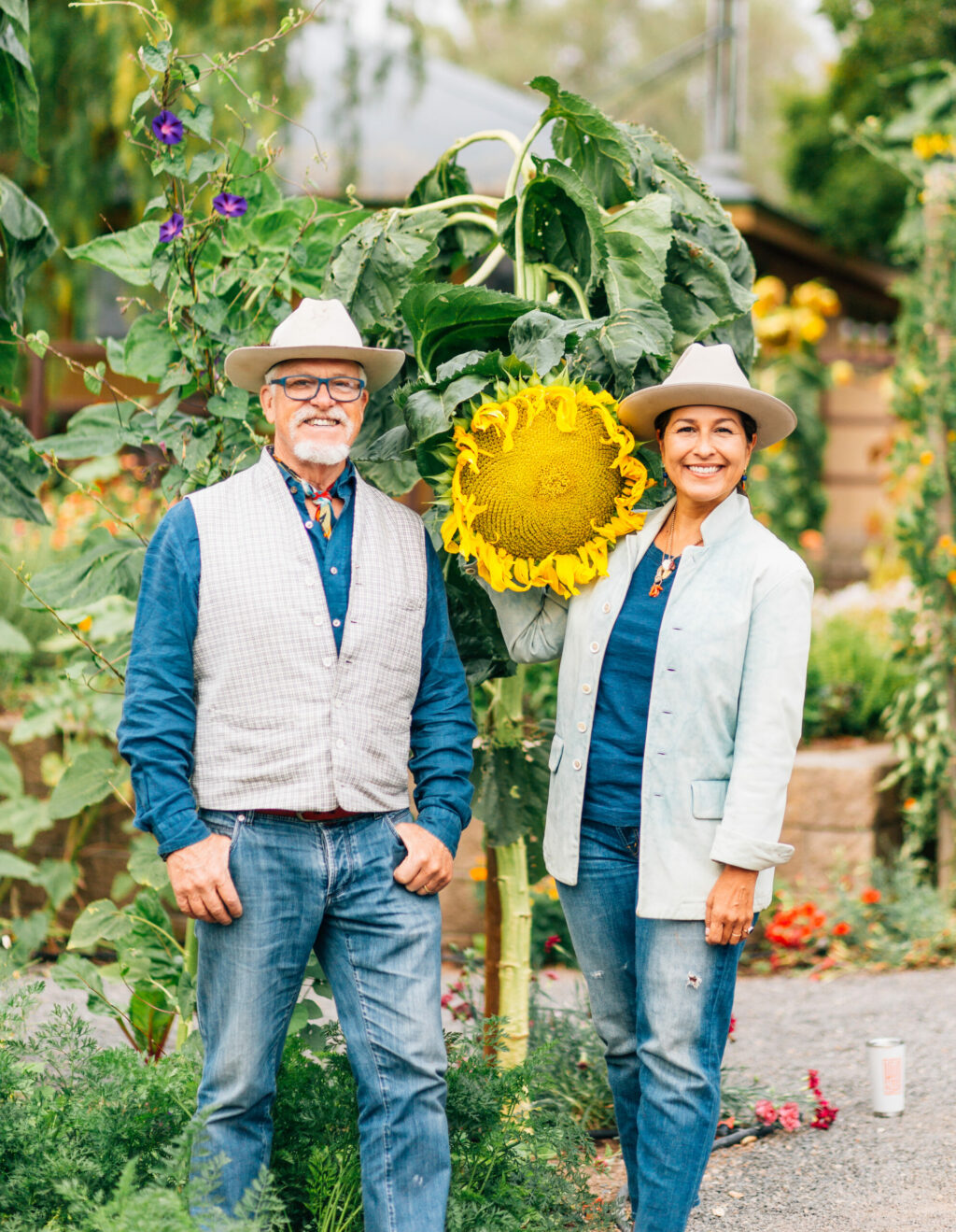
In 2004, he began producing his own wines under the Hudson label. The estate cultivates 200 acres of vines, including Chardonnay, Cabernet Sauvignon, Cabernet Franc, Merlot, Syrah and Grenache — most of which Hudson still sells to other wineries. A true agrarian at heart with a focus on holistic farming, he also grows an array of fruits and vegetables on the ranch, and raises heritage breed pigs, lambs and chickens.
The vibe
On first glance, Hudson Ranch looks a lot like other Napa Valley vineyard estates. But as you drive past the rows of grape vines toward the hospitality building, the scene begins to change. A collection of large agave and aloe plants line the picnic area overlooking a scenic pond, and human-sized cacti stretch their spiky heads skyward. You may find yourself wondering, Bugs Bunny style, if you somehow took a wrong turn at Albuquerque. This is Hudson’s horticulture background at play, and it’s like nothing else you’ll see in the Napa Valley.
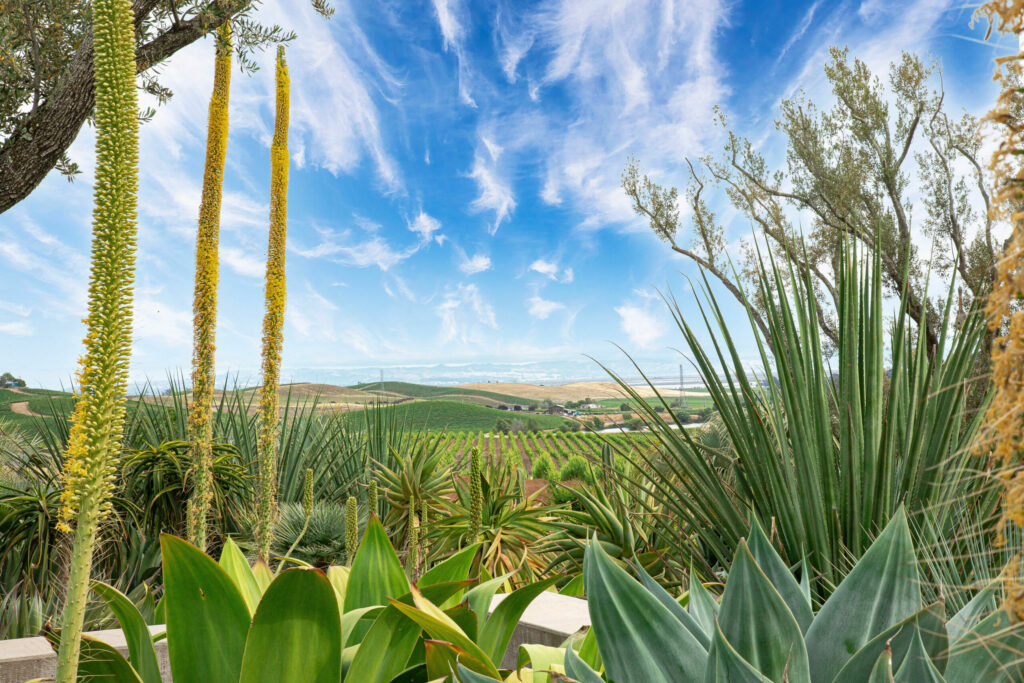
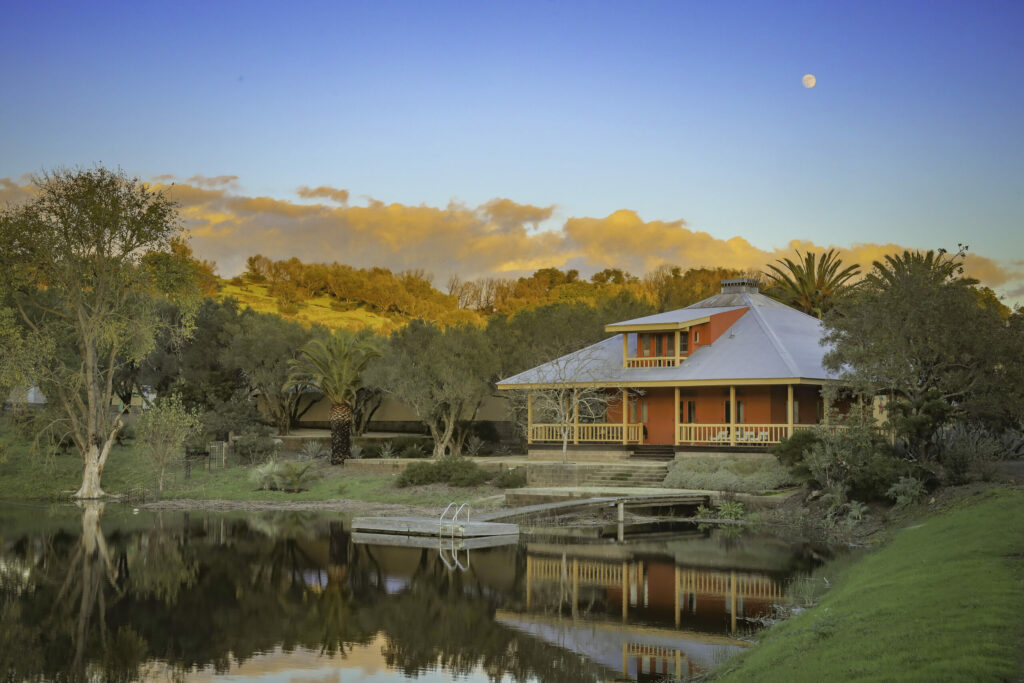
The contemporary hospitality building, built in 2018 along with the winery, displays items found on the ranch: tiny birds’ nests, fossils, the skulls of small animals. On the tasting patio out back, with its distant view of the vineyard-cooling San Pablo Bay, natural materials and colors meld with the starkly beautiful desert-meets-Napa landscape. The aesthetic, designed by Hudson’s wife Cristina Salas-Porras Hudson, incorporates the Japanese philosophy of wabi-sabi, which highlights simplicity and the natural beauty of imperfection.
On the palate
Hudson Ranch and Vineyards takes a let-the-fruit-do-the-talking approach to winemaking — which is just what you’d expect from grape growers. Chardonnay is queen at Hudson (they make three single-vineyard versions, plus an estate blend) and I dare any Chard-hater to taste theirs without falling in love.

The 2022 Little Bit Carneros Chardonnay ($115) is a splurge-worthy stunner with notes of stone fruits and citrus. The wine is lush in texture but doesn’t bonk you on the head with oak. For summer-in-a-glass vibes, try the juicy 2024 Carneros Grenache Rosé ($45). It smells like garden strawberries yet is surprisingly crisp and dry. The 2019 Phoenix ($85) is a seamless Merlot-driven blend that might just make you forget that Carneros is Pinot Noir country.
Seated tastings range from the Collector Experience ($100) to the Hudson-Arietta Experience ($150), which showcases wines made by Arietta winery from Hudson grapes. In between sips, guests snack on popcorn popped in duck fat and dunked in the winery’s estate olive oil. During summer months, tastings include a walk to the garden to see what’s ready for picking.
Beyond the bottle
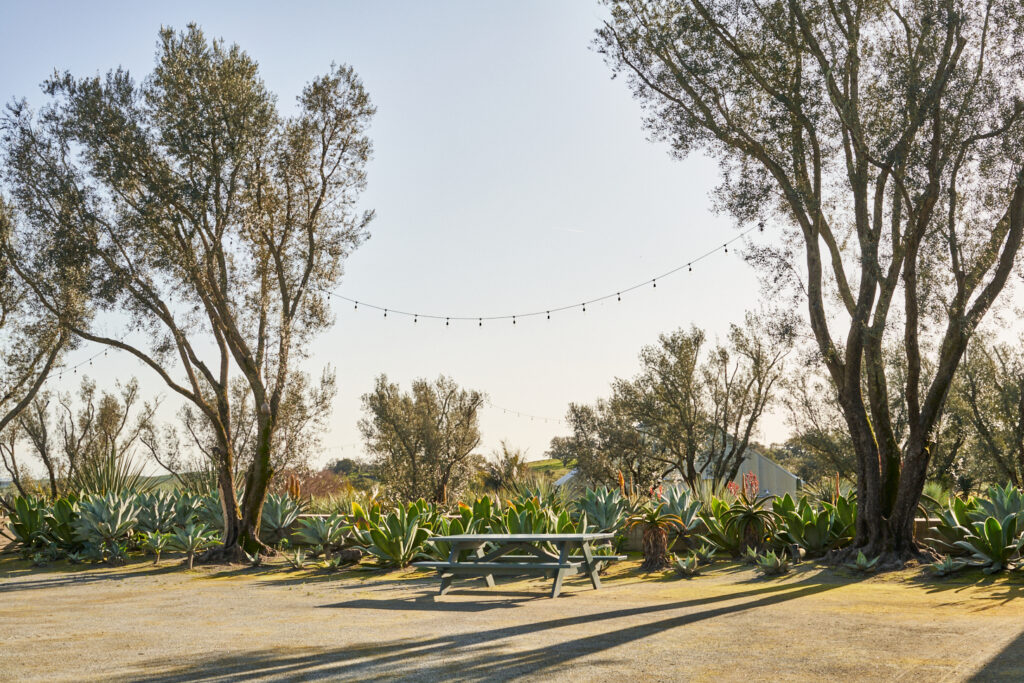
To sample more of the ranch’s bounty, take a 20-minute drive to Hudson Greens & Goods at Napa’s Oxbow Market. The family grocery store sells organic fruits and vegetables from the estate gardens, plus snacks and gourmet pantry items. If you’d rather spend more time on the ranch (and who wouldn’t?), add a self-guided hike to your tasting ($20) or reserve a picnic table ($50).
Hudson Ranch and Vineyards, 5398 Carneros Highway, Napa, 707-255-1345. Open daily with reservations. hudsonranch.com
Tina Caputo is a wine, food, and travel journalist who contributes to Sonoma magazine, SevenFifty Daily, Visit California, Northern California Public Media, KQED, and more. Follow her on Bluesky at @winebroad.bsky.social, view her website at tinacaputo.com, and email her story ideas at tina@caputocontent.com.
The post Hudson Ranch and Vineyards Looks Like Arizona but Tastes Like Napa appeared first on Sonoma Magazine.
]]>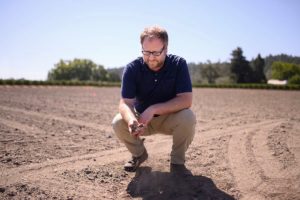
Cab is king in Napa Valley. But as secure as its reign may seem, some think we shouldn't take it for granted.
The post Could Climate Change Mean an End to Cabernet in Napa Valley? This Winemaker Thinks So appeared first on Sonoma Magazine.
]]>









Cabernet Sauvignon is king in Napa Valley. 51 percent of the area’s 46,000 acres of wine grapes are devoted to the varietal. Chardonnay grapes, which come in on number two, occupy just over 6000 acres, and while more than 30 other wine grape varieties are grown here, none of them come with the kind of bragging rights that the coveted “cab” does.
But as secure as the reign of Cabernet Sauvignon may seem, some think we shouldn’t take it for granted.
“I think you’d be foolish to believe Napa Valley is going to look exactly like this 30 years from now. I don’t think Sonoma is going to look like Sonoma 30 years from now,” says Dan Petroski, winemaker at Larkmead Vineyards in Calistoga.
Petroski, along with other Napa Valley winemakers, thinks climate change — rising temperatures, droughts, extreme weather — might dramatically alter the local winegrowing landscape. To prepare for such a scenario, he is now looking at grapes from warmer regions around the world and thinking about how they might be implemented in Napa Valley 20 to 30 years from now.
To get a better idea, he’s about to start experimenting with some of these warmer-climate grapes in Larkmead’s vineyards. The Calistoga winery is currently dedicating three acres out of their 110-acre estate to a “viticultural research block.” The experimental vineyard will initially be planted with seven red grape varieties and one white.
“My number one objective for these seven red grape varieties is that they have the ability to blend well with Cabernet, as a supporting actor until Cabernet can’t be used anymore,” says Petroski. “We’re trying to get a head start on this whole process. I don’t want 2040 to roll around and we’re sitting on our heels going ‘alright, what are we going to plant now, when it’s too hot for Cabernet?’”
The three-acre plot will be planted in the late spring or early summer of 2020 with Chenin Blanc, Petite Sirah and Zinfandel, alongside varieties such as Aglianico, Tempranillo, Touriga Nacional, Charbono and Syrah.
But planting, growing, harvesting, aging, bottling, and finally seeing what customers think of the wines will take time.
Expected to last 21 years, the project will be divided into three phases — the upcoming planting is part of the first phase. Every seven years, Petroski hopes to find one or two grape varieties that will do well at the winery.
Founded in 1895, Larkmead will celebrate its 125th anniversary in 2020. This isn’t the first time the winery has been involved in viticultural research. In the 1940s, a Cabernet Sauvignon clone commonly known as the “Oakville selection” was developed here by UC Davis viticulturist Dr. Harold Olmo.
A newly installed walkway leads the way to the winery’s research block. It’s a path Petroski hopes will encourage conversations with visitors about the future.
“It’s hard to tell people Cabernet is going to die. It’s hard to say it’s over because it’s still our lifeblood. It’s the beating heart of what we do and we do it really well,” says Petroski. “Some of the best wines in the world are made here in the Napa Valley, so it’s hard to have that conversation. But I think the other side of that conversation is that we’re forward-thinking. We are evaluating, we’re looking to the future.”
The post Could Climate Change Mean an End to Cabernet in Napa Valley? This Winemaker Thinks So appeared first on Sonoma Magazine.
]]>